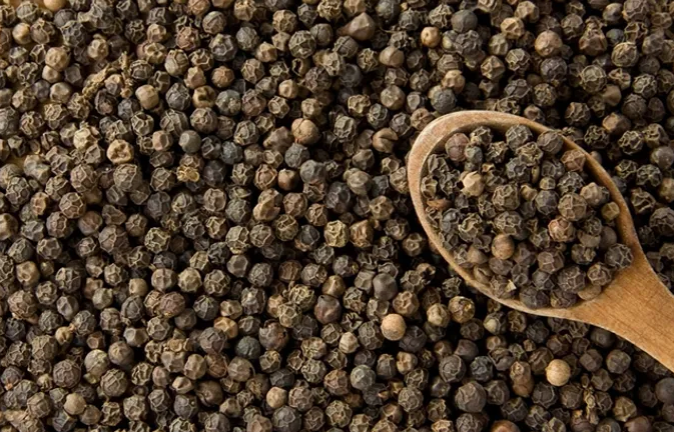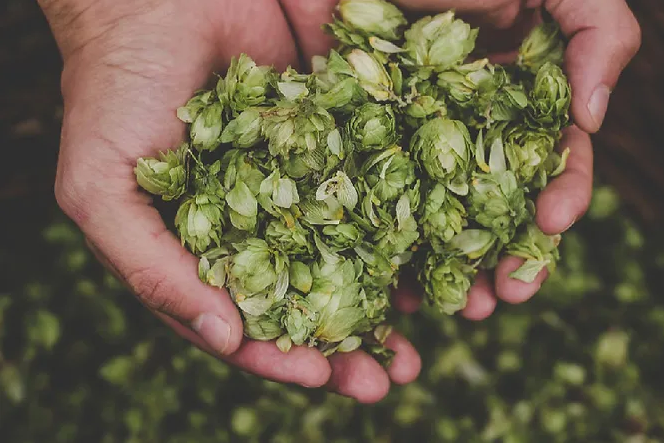Terpenes Explained: How Terpenes Affect Your Body & The Benefits of Terpenes
Updated: Oct 1, 2021
If you’re a cannabis user who’s tried a variety of strains and flowers, you’ve probably noticed that one strain can taste and smell entirely different from another.
For example, you’ll get citrusy notes in a strain like ‘Wedding Cake,’ whereas a strain similar to ‘Gelato’ gives off herbal flavours.
Even if you’re new to cannabis, you’ve likely come across the special chemical compounds that give cannabis flowers their unique aroma and effects.
These chemical compounds, known as terpenes, are found not just in cannabis but also in a broad range of other plants.
In fact, terpenes are so widely used that you can find them in all sorts of consumer goods, from food and drink products, like beer, to perfumes and even inks.
So What Exactly Are Terpenes?
In this article, you’ll discover why terpenes are so important when it comes to cannabis, and how these tiny chemical compounds play a big role in shaping your cannabis experience.
What Are Terpenes?
In simplest terms, terpenes are organic aromatic compounds that are commonly found in plants.
When it comes to the cannabis plant in particular, terpenes are produced and secreted by trichomes, which are the small hair-like growths that give cannabis flowers their crystalline texture.
Terpenes are a significant part of the cannabis plant because they’re responsible for giving the plant its distinct scent and flavour while also helping to increase the effectiveness of cannabinoids (more on these later!).
In other words, the distinct characteristics of each terpene are literally a product of their environment.
Terpenes also have a substantial impact on the therapeutic effects typically associated with cannabis use.
For instance, many researchers theorize that terpenes can help enhance the medical benefits of cannabis when combined with other chemical compounds in the cannabis plant, especially cannabinoids.
To date, scientists have discovered over 100 types of terpenes in cannabis plants alone, each strain bearing its own unique aromatic profile.
Each terpene is gifted with special “superpowers” and chemical properties that differ according to the soil composition and climate where the specific cannabis plant has been grown.
How Cannabinoids Affect Your Body?
Like terpenes, cannabinoids are a group of more than 100 chemical compounds found in the cannabis plant.
If you’re new to using cannabis, the two main cannabinoids you’ll want to know are tetrahydrocannabinol (THC) — the psychoactive element that creates the intoxicating “high” you usually feel when consuming cannabis — and cannabidiol (CBD) — which is non-psychoactive and known for its medicinal properties.
What differentiates cannabinoids from other compounds in the cannabis plant (like terpenes) is that cannabinoids are specially designed to interact with your body’s “endocannabinoid system” (ECS), which regulates many important physical functions.
When you eat a cannabis gummy infused with cannabinoids like THC and CBD, the effects you feel are the result of the cannabinoids activating receptors throughout your body.
These activated receptors then trigger and affect certain physical and neural functions, such as your movement and memory.
Simply put, it’s the cannabinoids in cannabis that are mostly responsible for the benefits you experience when using cannabis.
Now, to gain a clearer understanding of how cannabinoids actually affect your brain and your body, let’s talk a bit more about the endocannabinoid system.
What Is The Endocannabinoid System?
The endocannabinoid system (ECS) is a biological system in your body that is responsible for regulating your central nervous system and a range of physiological and immune responses.
It consists of a combination of endocannabinoids which act as neurotransmitters, and cannabinoid receptor proteins that help control several bodily functions.
Basically, when it comes to your brain and body, the endocannabinoid system plays a big role in making sure everything’s working properly.
As a result, the endocannabinoid system can have a number of therapeutic effects when managing health concerns such as blood pressure, pain, and appetite.
So where do terpenes fit into all of this? That’s where the controversial “Entourage Effect” comes in.
The "Entourage Effect"
The "entourage effect” is the theory that terpenes, cannabinoids, and other compounds found in cannabis work together to enhance the general benefits of cannabis use.
The idea is that by using the cannabis plant as a whole, the benefits and effects are much stronger in comparison to using cannabis products that only contain CBD or THC.
When cannabinoids and terpenes join forces, the resulting entourage effect can often lead to a better experience.
For example, if you are consuming a cannabis strain that is high in THC and the terpene limonene, you may experience the euphoric high associated with THC, without the anxiety — thanks to the stress-reducing and mood-enhancing properties of limonene.
Although the evidence we have now is in the early stages, several studies have shown that terpenes can reduce or eliminate the negative effects associated with THC and allow for more therapeutic experiences, free of paranoia and anxiety.
The Health Benefit of Terpenes
While there are over 200 known terpenes found in just the cannabis plant, you’re likely to happen upon several common terpenes that have specific characteristics.
Here’s a quick look at 8 of the most popular cannabis-based terpenes and their potential health benefits:
2. Pinene, which has earthy scents and is commonly found in sage, has been suggested as a potential therapeutic tool for improving memory, alertness, and focus.
3. Caryophyllene, which is commonly found in cinnamon and black pepper, is shown to have antioxidant, anti-inflammatory, and anti-cancer properties.
4. Limonene has energetic, antifungal & antibacterial properties and is recognizable by its fruity, citrusy aroma.
5. Humulene, with its earthy scent, is found in hops and coriander. Evidence suggests this terpene may act as a hunger suppressant and provide antibacterial properties.
6. Ocimene, which has a sweet and earthy aroma, has been shown to act as a decongestant and provides anti-inflammatory properties. You can find this terpene in mint and orchids.
7. Terpinolene, with its antioxidant and sedative properties, is found in apples and cumin, resulting in a uniquely fruity flavour profile and scent.
8. Myrcene is one of the most common terpenes found in cannabis. With its fruity, earthy, and slightly spicy aroma, myrcene is also found in cloves and mango and has sedative and anti-inflammatory properties.
Whether you're a canna-connoisseur or new to the world of cannabis, terpenes play a major role in providing plants with their unique fragrances and flavours.
Not only that - if you're looking to use cannabis for its health-related benefits, terpenes can also help to enhance the medicinal effects typically linked to cannabis use.















